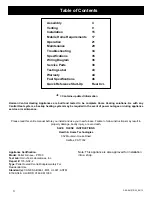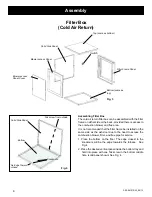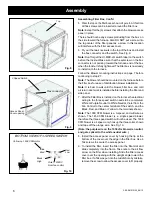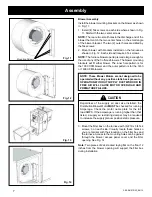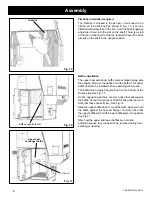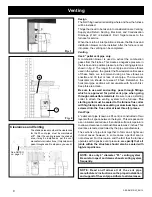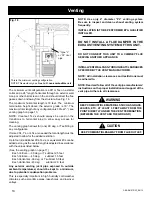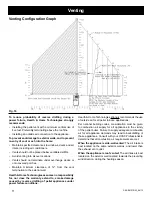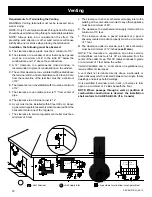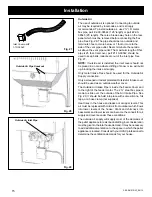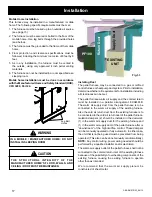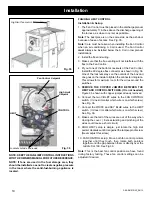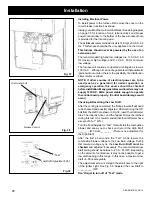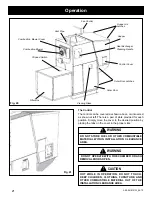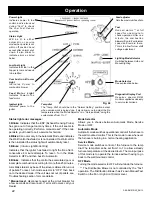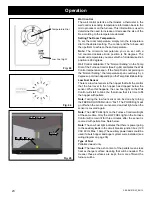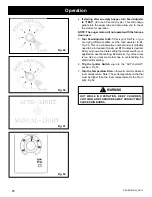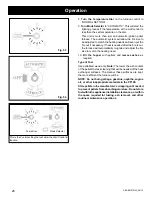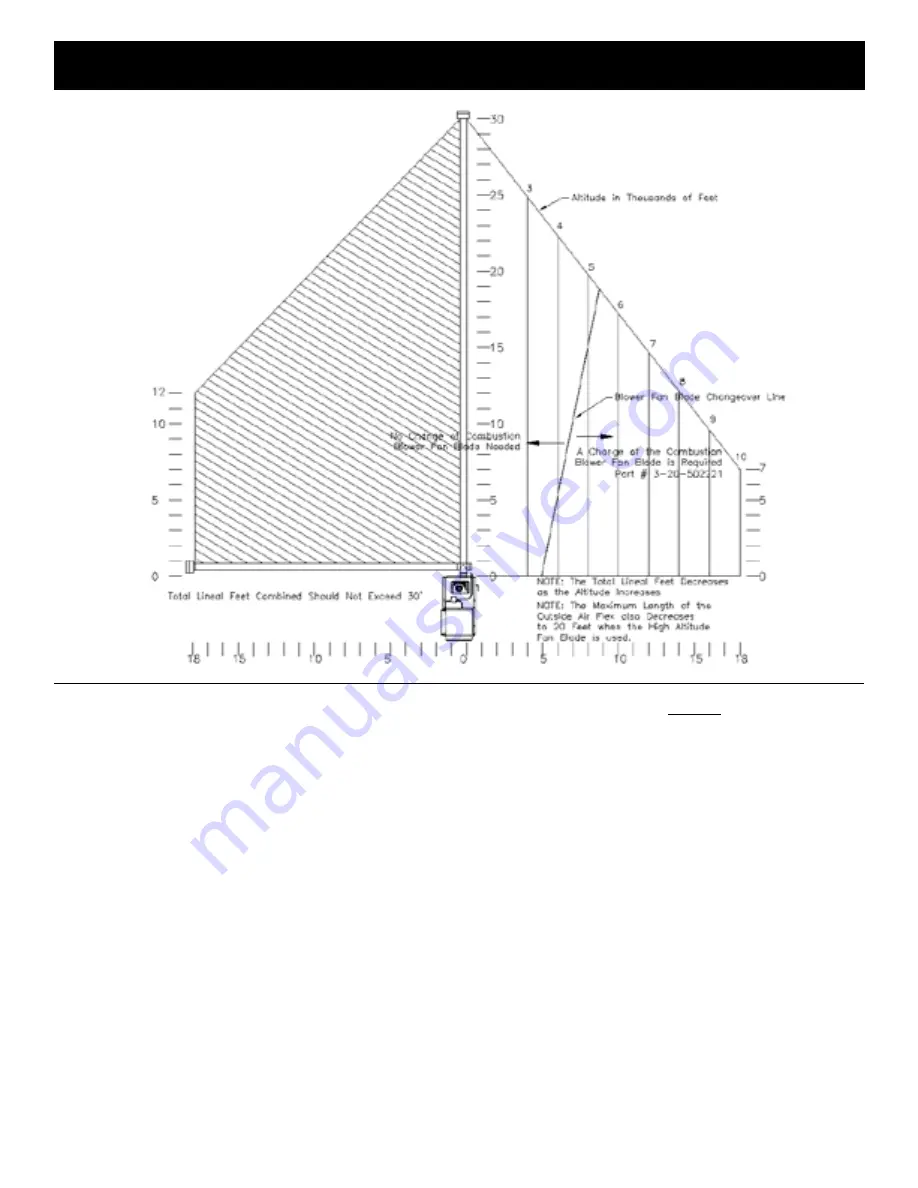
11
3-90-08101R23_06/13
Fig. 19
Venting Configuration Graph
venting
To reduce probability of reverse drafting during a
power failure, hearth & home Technologies strongly
recommends:
• Installing the pellet vent with a minimum vertical rise of
five feet. Preferably terminating above the roof line.
• Installing an outside air connection to the appliance.
To prevent soot damage to exterior walls, and to prevent
re-entry of soot or ash into the home:
• Maintain specified clearances to windows, doors and air
inlets, including air conditioners.
• Vents should not be placed below ventillated soffits.
• Avoid venting into alcove locations.
• Vents should not terminate under overhangs, decks or
onto covered porches.
• Maintain minimum clearance of 12” from the vent
termination to the exterior wall.
hearth & home Technologies assumes no responsibility
for, nor does the warranty extend to, smoke damage
caused by reverse drafting of pellet appliances under
power failure conditions.
Hearth & Home Technologies strongly recommends the use
of outside air for all pellet furnace applications.
Per national building codes, consideration must be given
to combustion air supply for all appliances in the vicinity
of the pellet boiler. Failure to supply adequate combustion
air for all appliance demands may lead to backdrafting of
those appliances. Consult with your HVAC Professional to
determine that all combustion air requirements are met.
when the appliance is side-wall vented:
The air intake is
best located on the same exterior wall as, and lower than
the exhaust vent outlet.
when the appliance is roof vented:
The air intake is best
located on the exterior wall oriented towards the prevailing
wind direction, during the heating season.
Summary of Contents for PF100
Page 48: ...48 3 90 08101R23_06 13 ...



